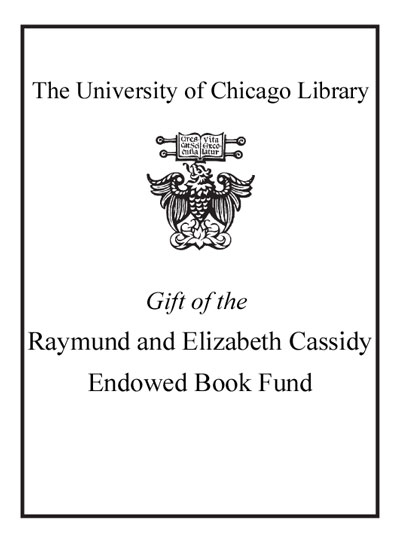| Summary: | "Among the most interesting finds from ancient Latium are terracotta replicas of body parts that can be dated to the 4th to 1st centuries BC. These anatomical votives were previously understood as indicators for healing cults and components of Greek or Roman religion, which were adopted into the sanctuaries of Latium in the course of Roman expansion. This monograph takes a fresh, new look at these votives and their interpretation. Featuring a contextualising approach, it analyses more than 100 sites with a total of over 15,000 anatomical votives not only quantitatively, but also with regard to their connection to topographical features and the connection to roads and settlements. Based on this data, two types of sites can be classified, which can be distinguished from each other in terms of their location, the composition of the votive complexes, the venerated deities and in gender-specific terms. Both groups are presumably rooted in older, regional cult traditions and do not reveal a specific focus as a "healing cult" with regard to the architecture of the sites or the deities addressed. Instead, the quantitative analysis of the votive complexes and their associated finds show the anatomical votives as media that were used in situations associated with uncertainty, stress or personal crises. They thus served to strengthen personal resilience by addressing these uncertainties and fears, making them visible or symbolising their overcoming. Thus, anatomical votives are most likely not to be understood as offerings with a static meaning in a fixed cultic context, but rather as multivalent objects in a flexible frame of reference. It can be assumed that the meaning of the anatomical votives was individually determined by their donors and could vary depending on the context. The contextualisation of the finds allows a new view of the sites, which were previously regarded as healing cult sites, and permits a new interpretation of the body part dedications as evidence of local, closely networked communities with a horizon of ideas influenced by autochthonous traditions. Thus, they can also be understood as part of an independent identity within a larger frame of reference. This change of perspective contributes to new insights into the tradition and subject of archaeological sites formerly addressed as healing cult sites."
|
|---|

